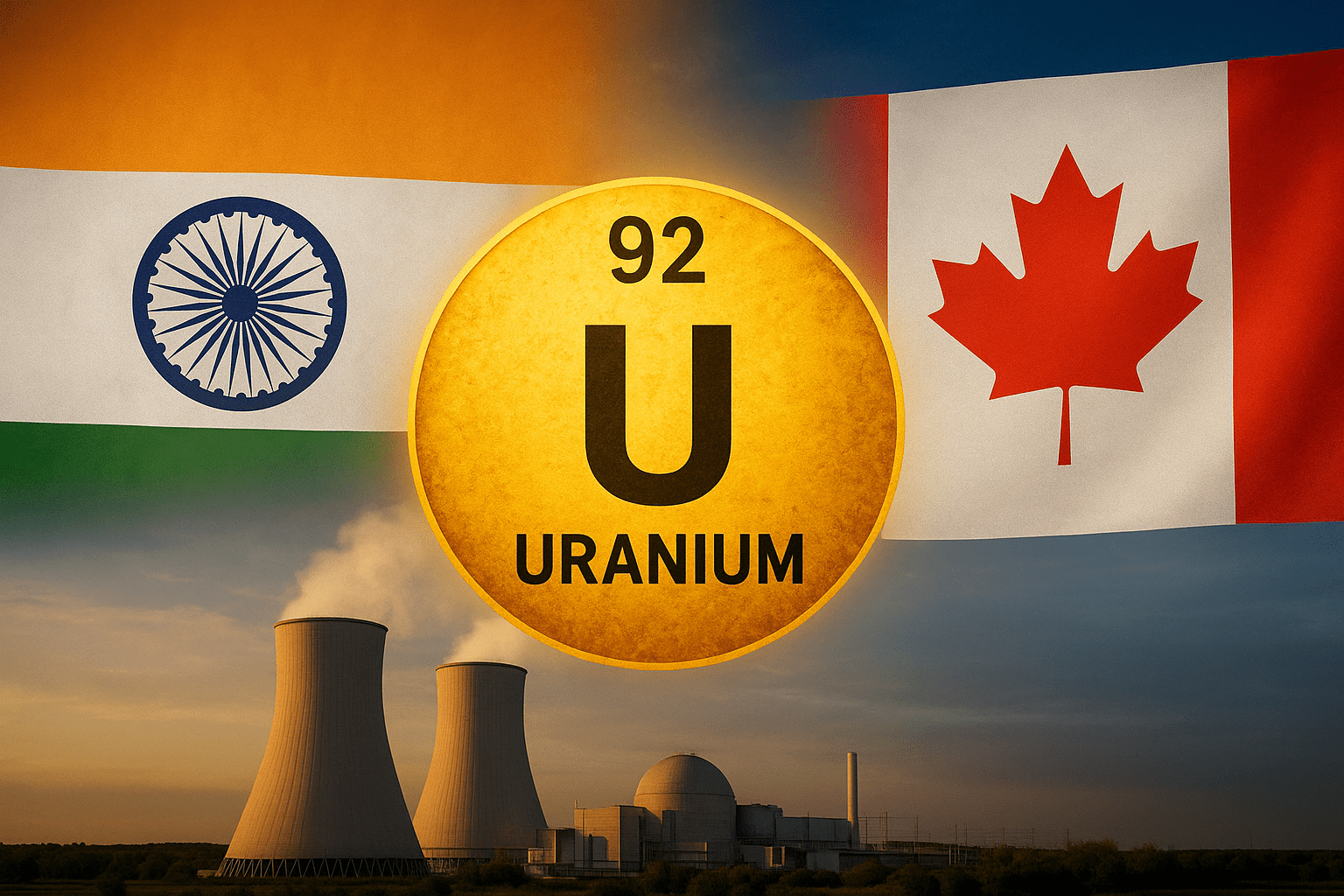Ships from various nations taking part in this year’s RIMPAC exercises. CREDIT: U.S. Navy
The world’s largest naval exercise, the Rim of the Pacific (RIMPAC) started Wednesday, promoting maritime cooperation in a region being clouded by U.S.-China rivalry.
The U.S.-led war games, joined by all members of the Quadrilateral Security Dialogue, or the Quad, sends a clear message to Beijing as tensions rise across the Taiwan Strait and the war in Ukraine drags on.
China has been criticizing the Quad cooperation between the United States, India, Japan and Australia, as an attempt to create an “Asia-Pacific version of NATO.”
Some 26 nations with 38 surface ships, four submarines, nine national land forces, more than 170 aircraft and approximately 25,000 personnel are taking part in the biennial RIMPAC 2022, scheduled for June 29 to Aug. 4, according to the U.S. Navy.
Five countries bordering the South China Sea – Brunei, Indonesia, Malaysia, the Philippines and Singapore – are amongst the participants. Three of them have competing territorial claims in the South China Sea, where China declares “historical rights” over most of the sea.
RIMPAC 2022 is the 28th exercise since the war games started in 1971.
Earlier this year, there were talks to include Taiwan which China considers a province that needs to be “reunified”, into RIMPAC but the move was not realized. Beijing said that such inclusion would have “a strong political implication.”
China was twice invited to participate in the RIMPAC in 2014 and 2016, but as bilateral relations have soured, Washington has kept Beijing out since 2018 in the context of China’s militarization of the South China Sea.
‘Sewage of the Cold War’
RIMPAC 2022’s theme is “Capable, Adaptive, Partners,” and the main aim is to promote a free and open Indo-Pacific, according to an announcement by the U.S. Navy.
Participating forces will exercise a wide range of capabilities from “disaster relief and maritime security operations to sea control and complex warfighting.”
The training program includes “amphibious operations, gunnery, missile, anti-submarine and air defense exercises, as well as counter-piracy operations, mine clearance operations, explosive ordnance disposal, and diving and salvage operations.”
The drills will be conducted in and around the Hawaiian Islands and Southern California region.
A number of U.S. partners and allies including NATO members Canada, Germany, the United Kingdom, Denmark and France are taking part.
China has been sneering at the presence of NATO countries in the region. The Chinese Permanent Representative to the U.N., Zhang Jun, said his country “firmly opposes NATO’s involvement in the Asia-Pacific region or the creation of an Asia-Pacific version of NATO.”
An editorial in the Chinese Communist Party’s mouthpiece Global Times went further saying: “The sewage of the Cold War cannot be allowed to flow into the Pacific Ocean.”
Analysts noted that the small Pacific island of Tonga is invited to RIMPAC for the second time.
This year’s invitation came as China and the U.S. and allies are squaring off for influence in the Pacific. Beijing reached a security deal with the Solomon Islands in March but failed to sign a bigger, more ambitious agreement with ten Pacific island nations.


